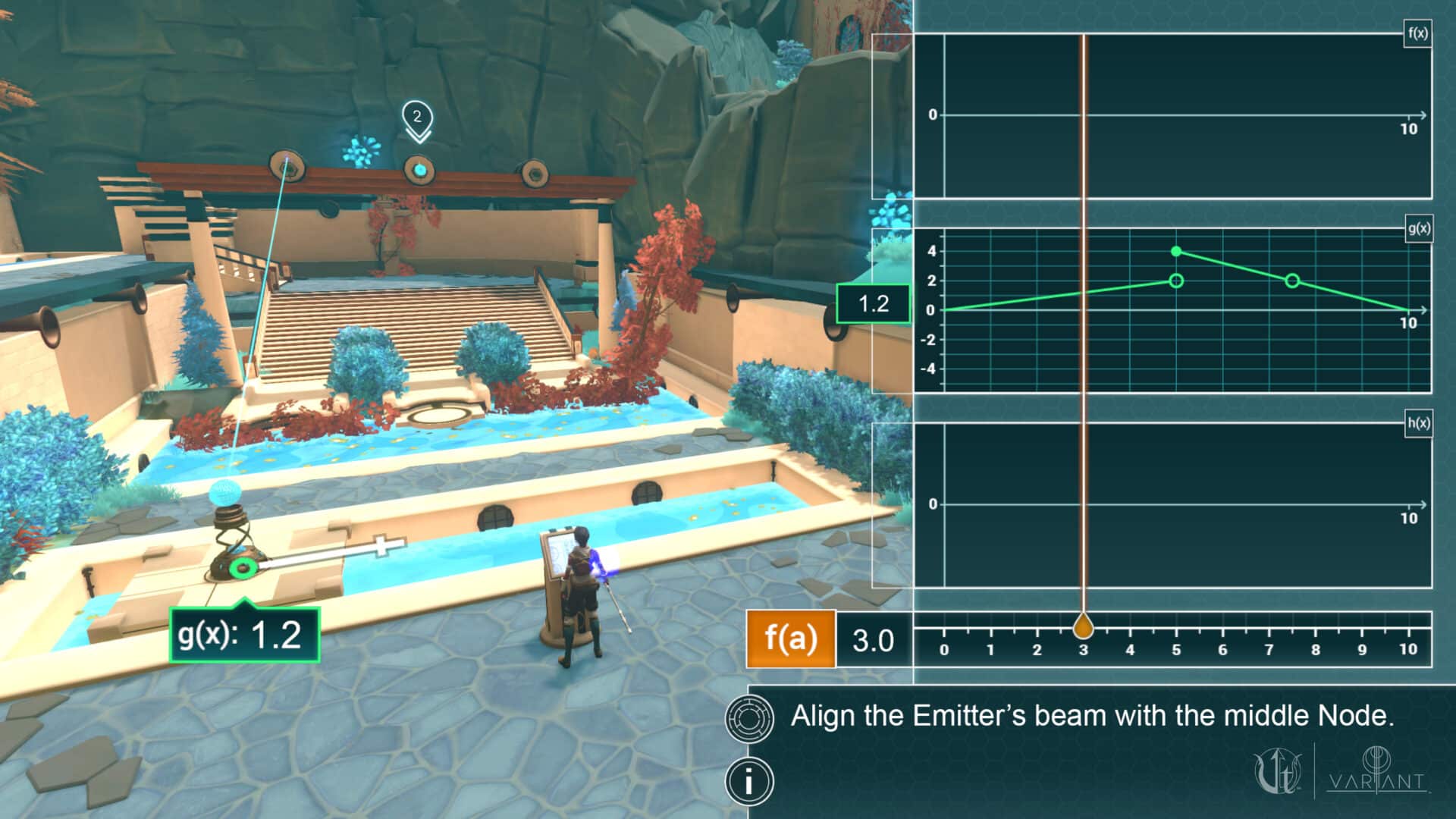Award Won!
Best Social Media Crowdsourcing Game

Variant Limits
Triseum
Category: Calculus, which is critical to STEM degrees, has one of the highest failure rates of any college course. In fact, the Mathematical Association of America estimates the failure rate for Calculus I is reaching 38 percent. Additionally, calculus was recently ranked number one on the top ten list of courses most disliked by students, as reported by College Stats. Variant: Limits is aimed at significantly reducing calculus failure rates while making the learning experience more enjoyable. It connects mathematics and game play,empowering students to take a more active role in the learning process and engage with and understand the content on a deeper level.The high-stakes adventure leverages effective forms of instruction, leading to achievement and retention of knowledge in Calculus I through immersive learning.
